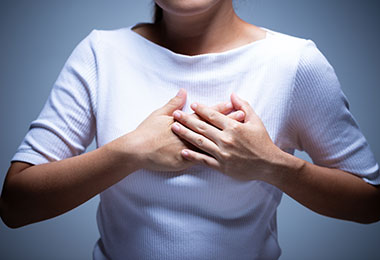Quiz
Sometimes the first sign someone has that something is wrong with his or her heart health is a heart attack. “It is important to educate the public about the symptoms and risk factors for heart disease as well as stroke to prevent these events from occurring,” says Marie (Dominique) Ashen, Ph.D., CRNP, nurse-practitioner of the Ciccarone Center for the Prevention of Heart Disease at Johns Hopkins. The symptoms and risk factors for heart disease can lead to stroke and heart failure as well as heart attack.
See how much you know about the warning signs of heart disease.




